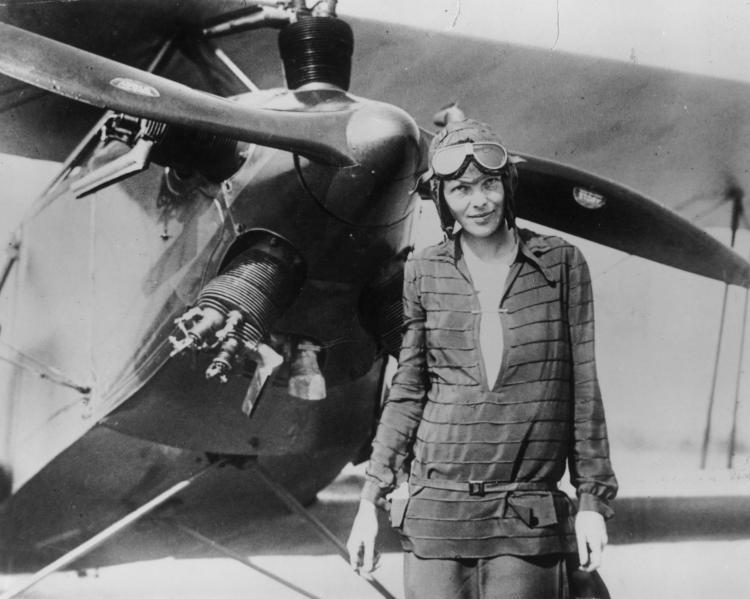A team of experts from South Carolina have found what appears to be American aviator Amelia Earhart’s long-lost plane resting on the bottom of the Pacific Ocean.
Deep Sea Vision (DSV) conducted an extensive deep-water search using marine robotics to scan more than 5,200 square miles of the Pacific Ocean floor, where they believe Ms. Earheart’s plane went down nearly 90 years ago, the company said in a press release emailed to the Epoch Times.





